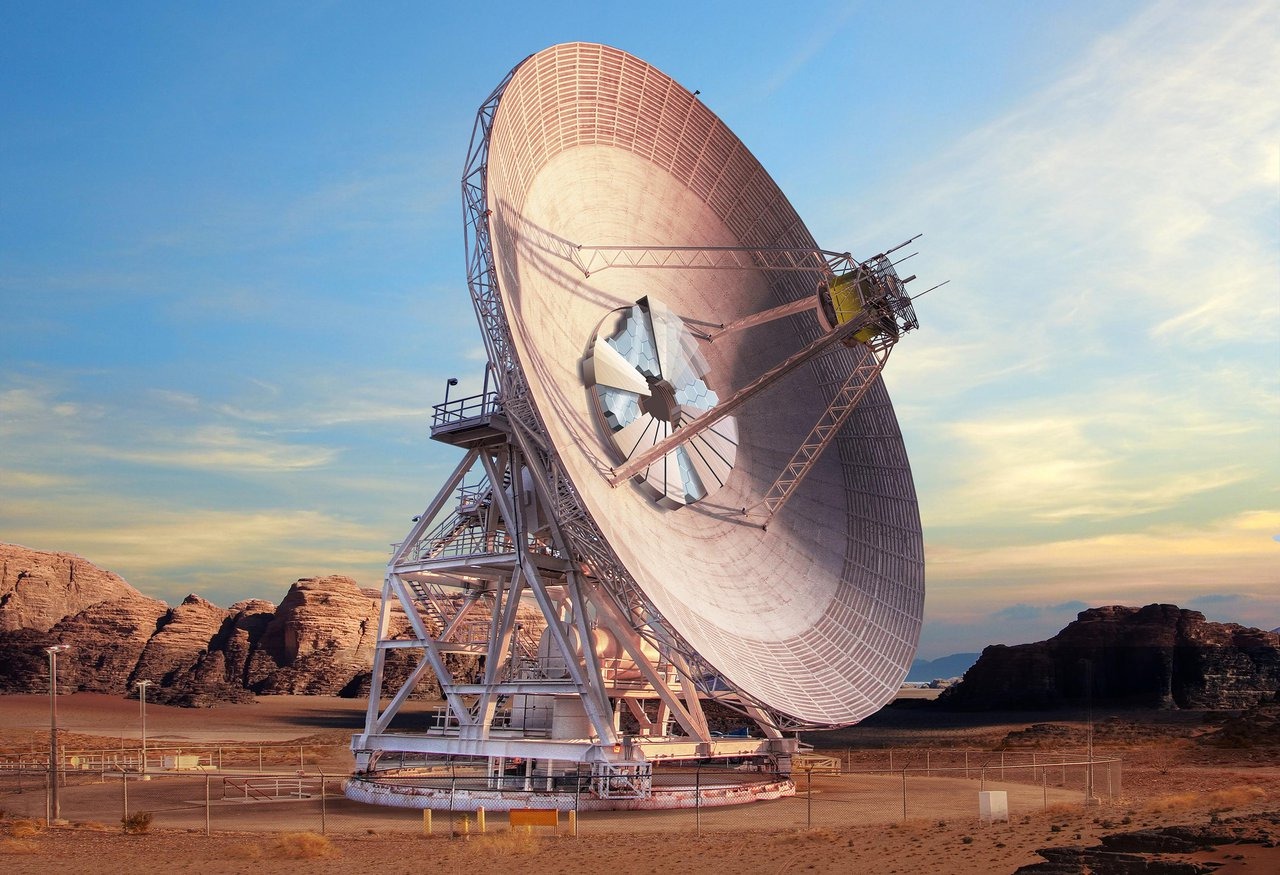Last October, NASA launched the Psyche mission, which included testing a new system, Deep Space Optical Communications (DSOC), using lasers for communication. In November, DSOC transmitted the first data, and now the signals from the spacecraft are successfully received by a hybrid antenna on Earth.

Most space missions use radio frequency communications, but its limited bandwidth does not meet the needs of modern missions with large amounts of data. Optical communication comes to the rescue here, which can increase the bandwidth ten or even 100 times compared to radio.
DSOC checks the possibility of transmitting signals by laser communication from spacecraft. But more reliable technology is needed to successfully receive these signals on Earth. NASA’s Deep Space Network (DSN), which receives signals from space missions, experiments with a hybrid antenna suitable for radio and laser communications.
The experimental hybrid antenna successfully received laser signals from DSOC and radio signals from Psyche for the first time. This antenna has been upgraded by adding segmented mirrors in the central part of the dish to redirect laser signals.
Barzia Tehrani from NASA explained that a system of mirrors, sensors and cameras is used to actively align the laser from deep space. The goal is to upgrade existing antennas in the DSN network for optical and radio communications, or even to build new hybrid antennas.
“We can have one asset doing two things at the same time; converting our communication roads into highways and saving time, money, and resources,” said Tehrani.
Earlier, we reported on how NASA’s LRO probe “fired” an Indian Vikram lander with a laser.
According to phys.org
Follow us on Twitter to get the most interesting space news in time
https://twitter.comne/ust_magazine


